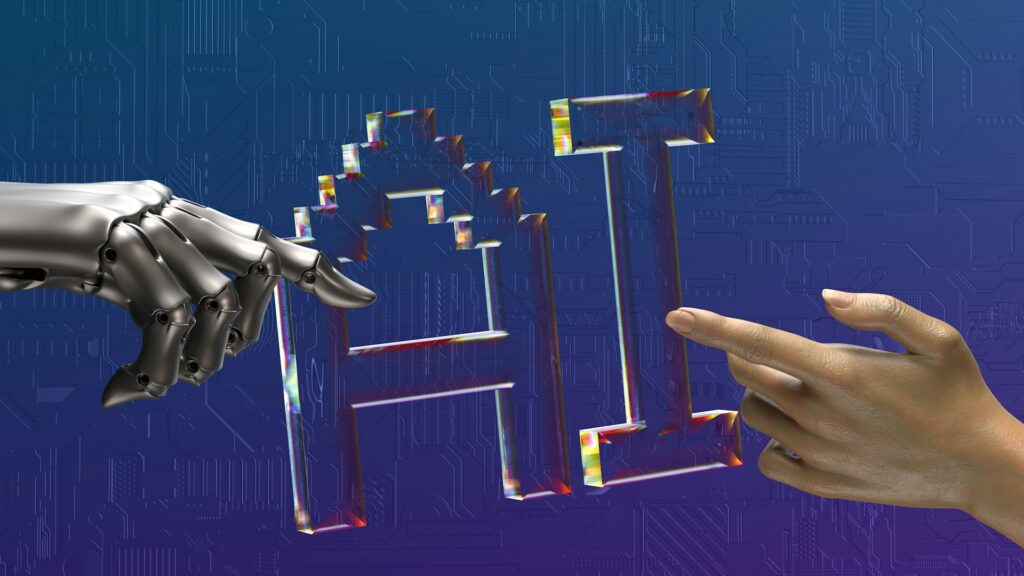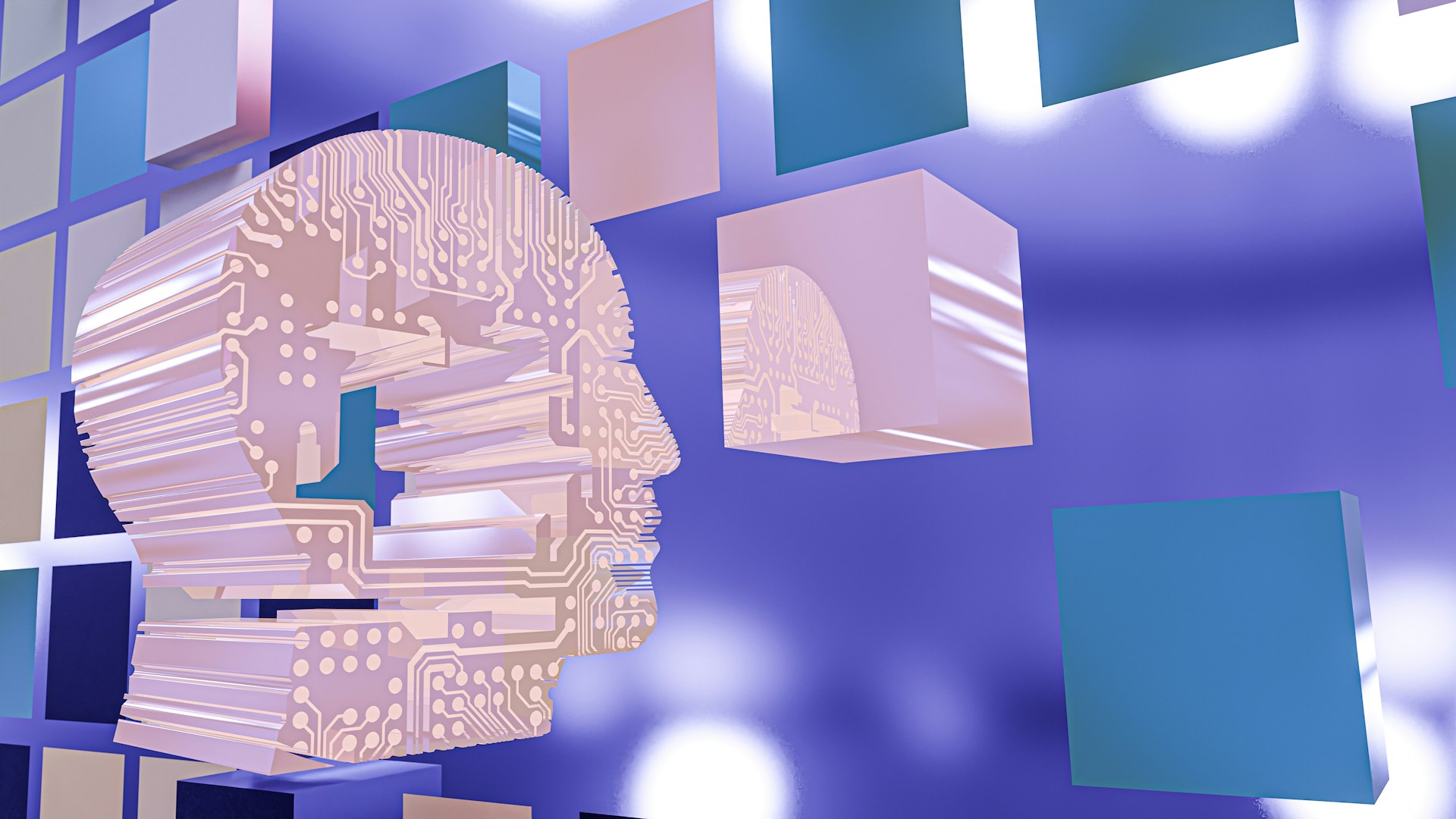AI in marketing: pros and cons
The role of AI in marketing is growing rapidly, forcing specialists to reconsider user behavior online. Traditional patterns are changing, as evidenced by ChatGPT’s emergence as a competitor to Google in search. AI’s influence on advertising campaigns is also noticeable.
The transformation of search
Search engines are changing their approach by incorporating an intelligent component. This, in turn, is changing SEO, which is now becoming GEO. Generative Engine Optimization (GEO) aims to optimize content to make it more relevant to AI. This increases the likelihood that pages will appear in responses generated by intelligent systems.
GEO focuses on content relevance to users rather than keywords. Additionally, specialists are experimenting with different options for block placement and information presentation structures. New standards for website creation and design may emerge in the future.
The importance of transparency in information gathering should also receive attention. First-party data, which enables businesses to operate within the legal framework, is becoming a priority. However, the use of AI in this area is questionable. It is often difficult to track the activities of intelligent systems, and the data they collect can be suspect.

AI and advertising
AI already handles much of the work involved in creating and supporting advertising campaigns. Modern promotion platforms offer a wide range of functions, including:
- creating creatives;
- budget allocation;
- ad placement recommendations;
- testing ad options;
- automatic correction of impressions and bids;
- performance analytics;
- forecasting the results and effectiveness of a particular channel.
However, many experts note that, as AI’s role in advertising grows, they feel a loss of control over the situation. This makes it harder for them to understand the reasons for poor results and find possible solutions to the problem.
This situation can change with clear definitions of the responsibilities of AI and humans. Many specialists assign routine tasks to systems while developing an overall strategy and monitoring its progress themselves.
How to improve the implementation of AI in processes
The increase in the number of AI tools leads to greater complexity in their use. Therefore, many companies are moving towards unifying technology stacks. These stacks allow you to create a centralized platform where you can manage data, promotions, and customer interactions. This approach simplifies operations and maximizes the potential of AI.
Process automation significantly increases overall business productivity. Systems can eliminate routine tasks, such as creating emails or communicating with customers. However, the importance of human interaction should not be overlooked. Consumers want an in-depth customer experience and to feel the presence of a live specialist.
